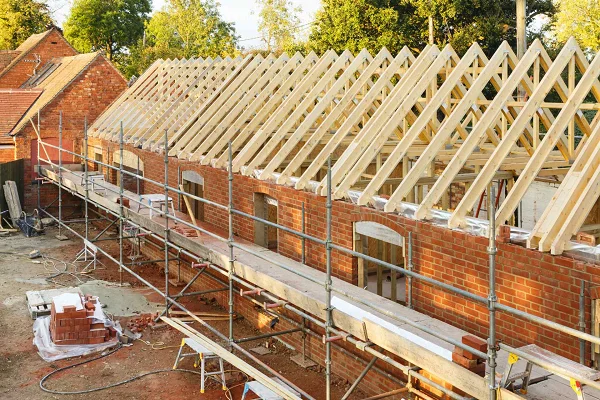Bridging Loans for Property Development: When to Refinance

Most property developers and construction companies seek outside support to fund their projects and initiatives. Along with specialist development finance, bridging loans for property development are a popular option for investors.
As the name suggests, a bridging loan for property development is a specialist form of bridging finance issued to cover the costs of large-scale development and construction projects. Whereas development finance is released in a series of instalments as the project progresses, a bridging loan is transferred to the borrower in a single lump-sum payment.
Bridging finance for property development is typically issued for a term of six to 18 months and is a strictly short-term facility.
But in what kinds of scenarios would it be advisable to refinance a bridging loan for property development? If you are unable to repay your bridging loan on time or would like to extend the repayment term, what kind of options are available to you?
When refinancing is your best option
Refinancing can provide developers and investors with welcome breathing room in a wide range of situations. If your current bridging loan term is coming to an end, you need to think carefully about how you will repay the loan.
The most common exit strategy among developers and investors is the sale of the development upon its completion. After which, the proceeds are used to repay the loan, and the remaining profits are retained.
But there is also the option to refinance a bridging loan, which involves transitioning the loan onto a longer-term agreement. For example, a commercial mortgage could be taken out to repay the bridging loan before being repaid gradually over the course of several years.
As for when this would be appropriate, there are several scenarios where refinancing may be the best option:
- To allow more time to sell the development: It is always possible that, due to unforeseen circumstances, a viable buyer for the development may not have been found by the time the initial loan term comes to an end. Or perhaps the buyer who was lined up to buy the development pulled out of the deal at the last moment.
- If the developer decides to retain the asset: It could also simply be that the developer comes to the conclusion that it would be more profitable to retain the asset instead of selling it. By refinancing the loan, the outstanding balance can be repaid long-term while the development is let out, generating ongoing revenue.
- Where the project exceeds its estimated timeframe: Extensive and ambitious property development projects routinely overrun their estimated timeframes. This could present a scenario where the agreed loan term has expired, but the development is not nearly ready to be sold to a viable buyer.
Whether you are planning ahead or looking to refinance a property development loan at short notice, the help and support of an experienced broker could prove invaluable. A bridging loan for property development can be refinanced using a variety of short- and long-term products, from which your broker will help you select the most appropriate facility.




 0116 402 7982
0116 402 7982